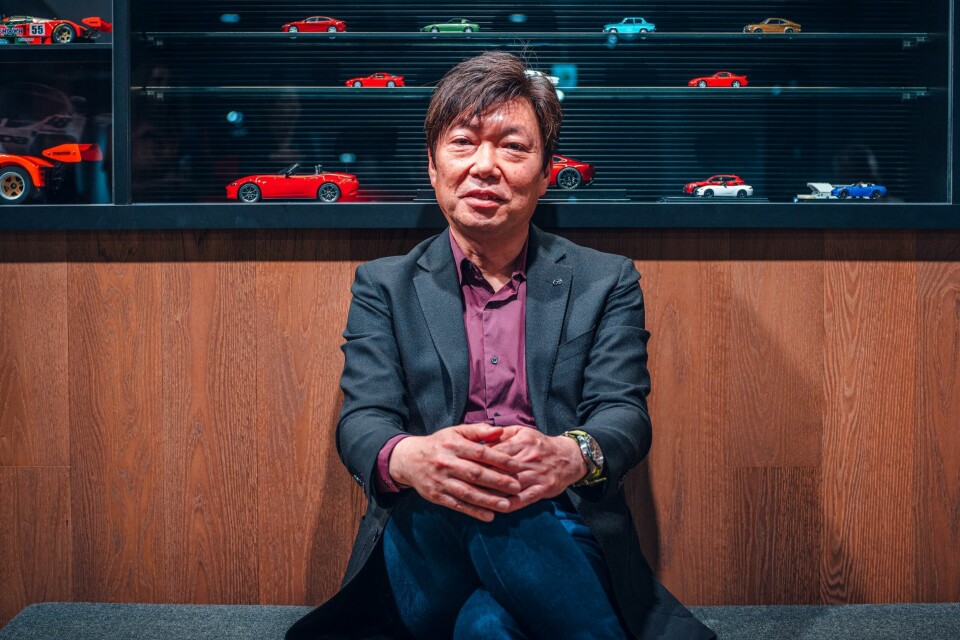
Exclusive Q&A: Masashi Nakayama, Mazda’s global design boss
Car Design News visits Hiroshima to exclusively talk with Mazda’s global design boss Masashi Nakayama about his varied inspirations, the importance of clay and the art of lawn-mowing
Masashi Nakayama is general manager of Mazda’s global design division, overseeing studios in Hiroshima in Japan, Irvine in California and Oberursel, just outside Frankfurt, Germany. Joining the firm back in 1989 as an interior designer – when the first MX-5 launched – he’s gone on to project-lead and programme-manage the current version of the roadster too.
The late-80s industrial design graduate of Kyoto City University of Arts cut his teeth developing interiors for the 2003 Mazda 3 Mk1 and RX-8 before heading up the interior design studio in 2000. He was made assistant chief designer of Mazda Europe R&D Centre in 2001 and went on to become chief designer for the strategic design studio in 2007. During this period design hits included the 2007 Ryuga and 2011 Minagi concepts – the latter prefacing the shapely and commercially successful 2012 CX-5 crossover.
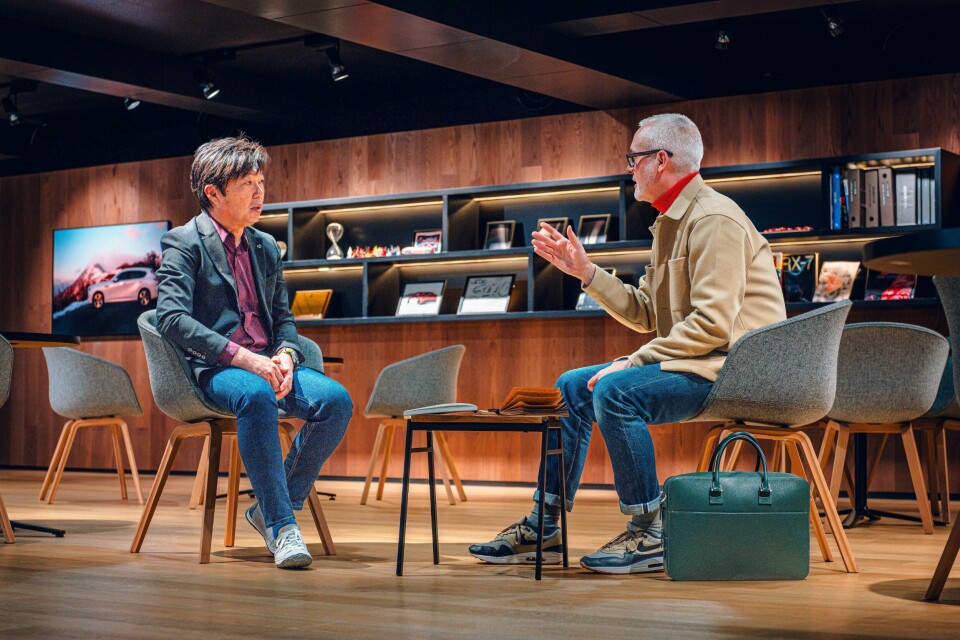
Into the 2010s he became product division program manager and chief designer, before landing the role of deputy general manager of the design division in 2019. After taking over the top design job from Ikuo Maeda in 2021, he created the pebble-smooth Iconic SP concept for the 2023 Japan Mobility Show, replete with slim pop-up lights and butterfly doors. Widely lauded by media critics, it also scooped second place in Car Design Review 11’s Concept Car Design of the Year awards, as voted for by his designer peers.
On a bright April 2025 day in Hiroshima, a few months off Nakayama’s 60th birthday, Car Design News visited him at the newly refurbished Mazda Museum and Design Centre to discuss what’s next for the Iconic SP and wider Mazda design, his continued belief in clay and secret love of lawn-mowing…
Car Design News: What were some of your inspirations behind the Iconic SP?
Masashi Nakayama: The lean functional beauty of a high-performance fighter jet and the graceful movements of an elite athlete are prime examples. The lingering motion created by efficient movements was the theme I most wanted to incorporate into the design of this car. By doing so, I aimed to inspire people when the car is mass-produced and driven on city streets and winding roads. In terms of automotive inspiration, I still admire the sight of F1 cars from around 1979.
CDN: And the production version of the Iconic SP is now finished?
MN: [Nervous and loud laughter] We need the official ‘go ahead’ from the company to start mass production.
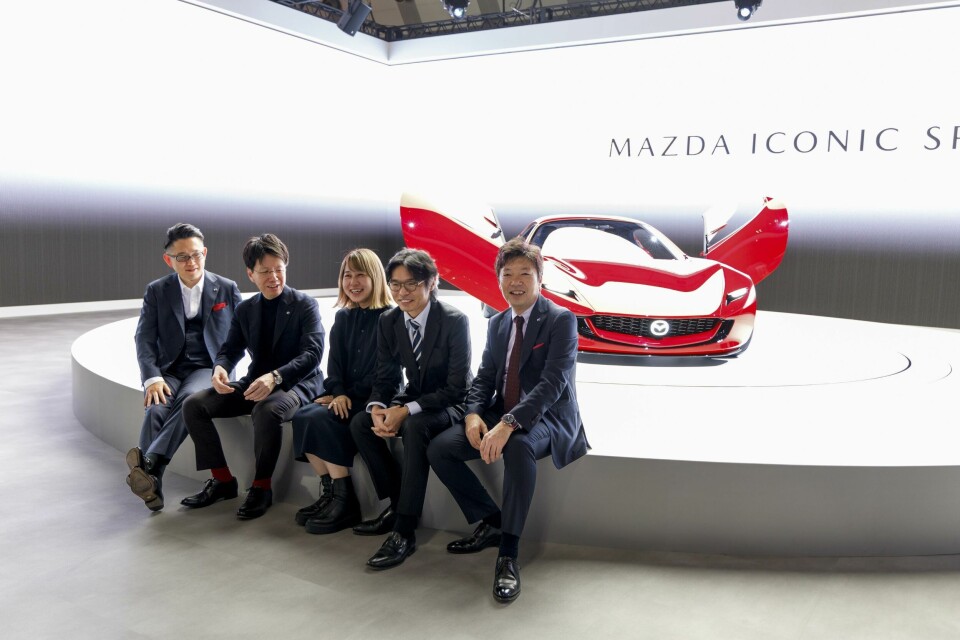
CDN: Of course. But in terms of design, it must be signed off?
MN: The design is complete, but we don’t have any production plan that’s ready.
CDN: I suspect otherwise [more laughter]. Okay, how will Mazda’s Kodo ‘Soul of Motion’ design evolve under your lead?
MN: I want to make Kodo design more ‘dynamic.’ By dynamic, I mean something that moves people emotionally. About 30 years ago, Mazda had a slogan: ‘High spirited design with romantic engineering’. I still love this phrase and aim to bring it to life.
CDN: Clay modelling also still seems to have great importance within Mazda. Can you explain why?
MN: We produce many more clay models than other carmakers. Mazda consumes the largest amount of clay in the world [giggles]. We only have a limited number of new launches per year. Compared to Toyota we introduce far fewer cars. But we consume more clay than Toyota.
CDN: I hope you get a good discount with your clay supplier?
MN: [Chuckles] The clay is customised for Mazda’s use. It’s unique to Mazda.
CDN: How many clay models did you make of the Iconic SP?
MN: We started with five quarter-scale models and three full-scale.
CDN: Designers from other brands often say they try to headhunt Mazda clay modellers. Is that still true?
MN: Mazda’s clay modellers can be successful with any other automaker in the world.
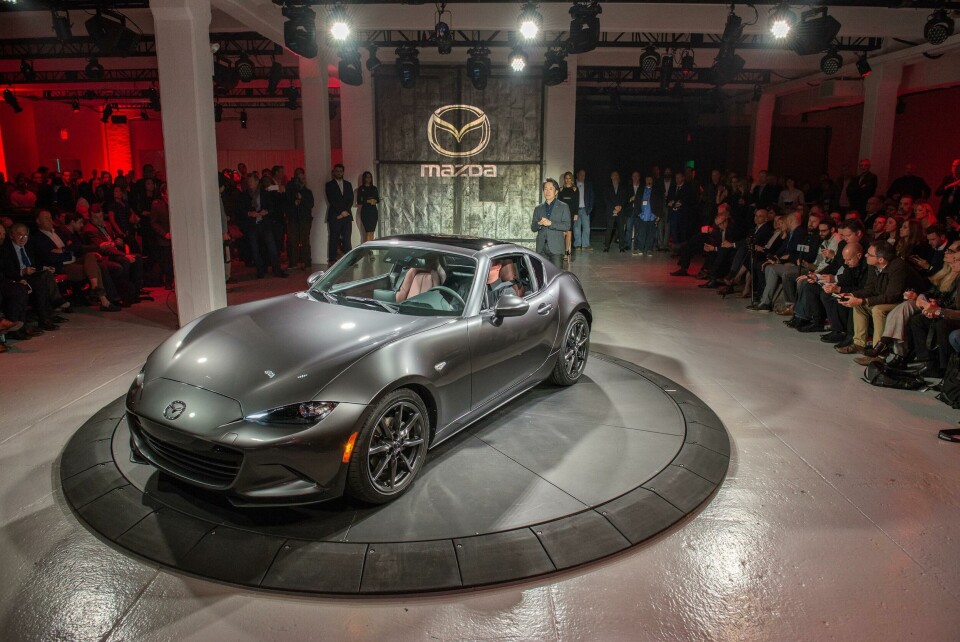
CDN: What significant cars have you worked on in the last decade?
MN: I was involved for ten years in the [fourth-generation 2016] MX-5 and appointed its program manager, not just its design chief.
CDN: Was the appointment of a designer to program manager unusual?
MN: Yes, it was the first ever time at Mazda and it doesn’t often happen anywhere else either.
CDN: Did you get the role because of your industrial design education?
MN: The biggest reason I got appointed was my strong enthusiasm for the MX-5.
CDN: Lots of people are ‘enthusiastic’ about the MX-5. You must have been very enthusiastic indeed?
MN: Of course you need engineering capability, but the [main] qualification to be the program manager of MX-5 is to show love to MX-5.
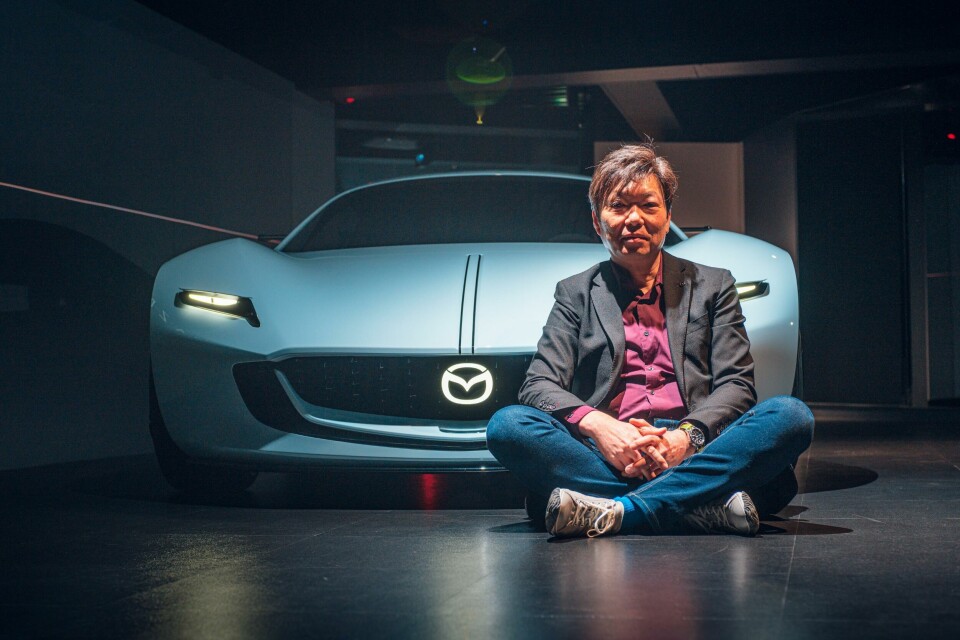
CDN: How would you describe your management style?
MN: I believe in a style that allows each designer’s individuality and characteristics to be expressed as freely as possible without interference. I am probably different from trend-driven design leaders. Looking at the process of evolution in living organisms, it is clear evolution has been achieved through mutations and the ability to adapt to natural disasters. I consider myself somewhat of a ‘mutation’, so I want to create an environment where such mutations can easily occur.
CDN: What made you take this career path? Did you have a creative family?
MN: My mother’s brother was a piano teacher, as was my mother and my grandfather was a shrine carpenter (without using nails). I loved sketching from my childhood. And I loved cars always. That is why I chose my education at the Kyoto City University of Arts.
Our mentality is to take care and that takes time
CDN: What was your ‘pin-up car’ growing up?
MN: The Lamborghini Miura.
CDN: Were you influenced by other ‘designed things’ too?
MN: My grandfather’s brother was a Japanese Navy captain during WWI. He purchased state-of-the-art equipment around the world – like cameras and recording devices not available in Japan at the time – and gave them to my grandfather.
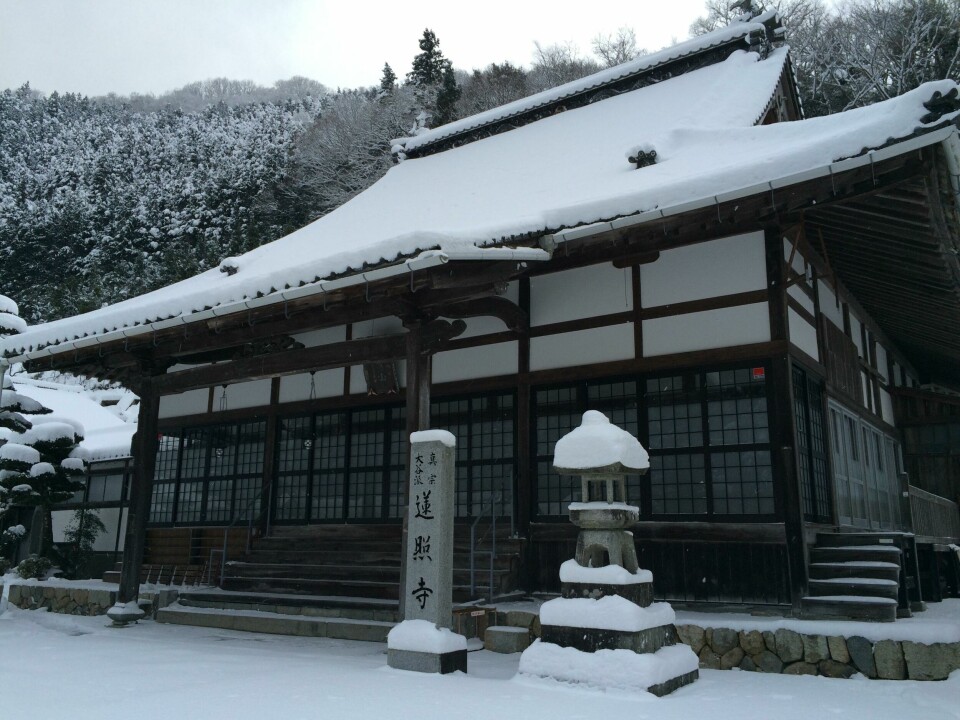
CDN: Did your parents also take you to galleries or visit interesting buildings?
MN: My family owns a Buddhist temple called Renshoji in Hiroshima and I grew up listening to the priest preach to my mum, sitting on her lap. I was exposed to this all the time as a baby and my senior brother is now a Buddhist priest.
CDN: Is there anything of that temple’s interior ambience you want to get into Mazda cars? Perhaps its sense of calm, wellbeing or scent?
MN: No, I don’t intend to infuse any of that atmosphere or elements. A temple interior is a place where you can feel calm instantly, to meditate. I get back to normal when I step out of that room.
CDN: So what’s the future interior design philosophy for Mazda?
MN: We emphasise a horizontal feeling. Human beings are sensitive to verticality and horizontality because we live in gravity. We can tell when something vertical is tipped by one degree, when it’s no longer vertical.
CDN: In terms of materials, the CX-60’s interestingly ‘open’ stitching across the dashboard has been a recent highlight. Is that artisanal look and feel something you’re trying to do more of inside Mazda cabins?
MN: Symbolically, it’s proof we put emphasis and effort into our interiors. It’s a Japanese tradition. Our mentality is to take care and that takes time.
CDN: Is that slow approach tricky to maintain in the current global automotive climate where Chinese brands are making cars so quickly?
MN: I think it actually has stronger value, because of the time taken.
CDN: But are you getting pressure from management to be quicker?
MN: Yes, it’s true.
While sports cars are fast vehicles, I don’t believe that speed alone is everything
CDN: How did the aftermath of the atomic bombing of Hiroshima at the end of WWII shape your outlook growing up and your approach to work now?
MN: There are few places that have experienced losing everything – both material possessions and hope – and then rising from zero to create everything anew as a community. Hiroshima embodies this resilient spirit, which is strongly reflected in the nature and actions of its people. Additionally, Hiroshima was once a major production centre for weapons.
The atomic bomb was dropped there, and as a result, the people developed a unique mindset that blends the ‘dynamic philosophy’ of pursuing high efficiency in weaponry with the ‘static philosophy’ of exercising caution and care for those who use them. As someone who grew up in Hiroshima, I feel I possess this mindset as well. For example, while sports cars are fast vehicles, I don’t believe that speed alone is everything.
CDN: What do you do in your spare time away from work?
MN: My biggest pleasure is mowing the lawn with a manual lawnmower.
CDN: Is this purely a functional past-time or is it more artistic?
MN: I aim for the quality of the grass on a baseball field. I have an automatic sprinkler system that waters the grass daily and I adjust the fertiliser based on the growth of the grass. It’s an art form that involves working with nature.
CDN: …and how big is your lawn?
MN: The lawn alone is 120 square metres. It is not used for other purposes like parking, which might be quite rare in Japan. I would love to plant cherry trees as well.

















